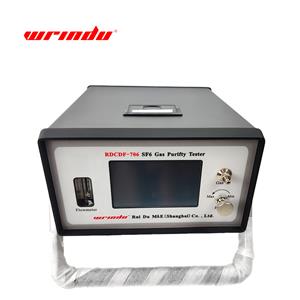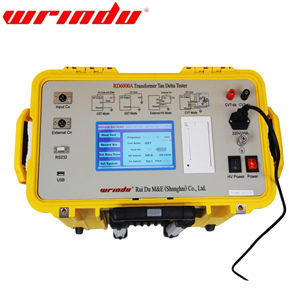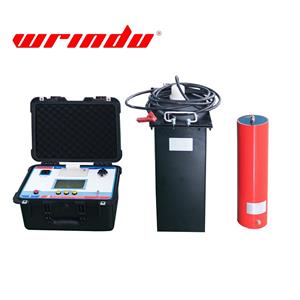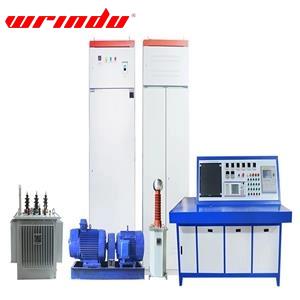How Do Partial Discharge Testing Affect Electrical Systems?
Partial discharge (PD) is a localized electrical phenomenon that occurs within insulation systems in high-voltage equipment, such as transformers, cables, and switchgear. PD can lead to insulation degradation and eventual equipment failure if not identified and addressed early. Understanding the different types of partial discharge is crucial for maintaining the reliability and safety of electrical systems.
Types of Partial Discharge
There are four different types of partial discharge, each of which impacts electrical systems in distinct ways.
Internal Void Discharge
Internal void discharge happens in gas-filled cavities or cracks within solid insulation. When the voltage becomes too high, it causes the insulation to break down in that area. Over time, this weakens the insulation, leading to chemical changes and a higher chance of failure.
Surface Discharge
Surface discharge occurs on the surface of insulating materials, usually due to contamination, moisture, or damage. It causes carbon build-up, material wear, and weaker insulation, which increases the risk of failure.
Corona Discharge
Corona discharge happens around conductors with sharp edges or small radii, where high voltage creates a strong electric field. This field ionizes the air, causing energy loss, noise, and ozone production. Over time, this weakens the insulation and reduces system performance.
Floating Discharge
Floating discharge happens when conductive particles, such as dust or metal bits, get trapped inside the insulation. These particles aren’t securely fixed, causing random discharges that can lead to occasional insulation problems and gradual damage. It can be hard to detect, but it can cause serious issues.
Why Partial Discharge Testing is Critical
Early detection of partial discharge is vital for preserving the reliability and longevity of electrical systems. PD testing helps identify insulation weaknesses before they lead to catastrophic failure. Companies like Wrindu offer advanced PD testing solutions that allow OEMs and manufacturers to detect PD early, minimizing downtime and costly repairs.
Wrindu's advanced PD testing equipment uses digital signal processing and multi-channel sensors to detect various types of partial discharge quickly and accurately. This enables manufacturers to integrate PD diagnostics into both their production lines and field inspections, helping them maintain the integrity of their equipment.
FAQ
Q1: What's the difference between internal void and surface partial discharge?
A: The main difference is where the discharge happens: internal void discharge occurs inside a cavity within the insulation, while surface discharge happens along the surface of the insulation.
Q2: Can partial discharge testing predict transformer failure?
A: Yes, early PD detection can spot weak insulation before it completely fails.
Q3: Are Wrindu's PD test sets customizable?
A: Yes, Wrindu offers tailored PD solutions for both factory and field applications.
Q4: How often should partial discharge testing be done?
A: It always uses in annual testing and continuous online monitoring. It's recommended during routine maintenance and after repairs to monitor the condition of insulation.
Q5: Does partial discharge occur in all high-voltage equipment?
A: Not necessarily, but it is common in equipment with aging or faulty insulation.
Related Articles
What do you know about PD testing, TD testing and VLF testing?




